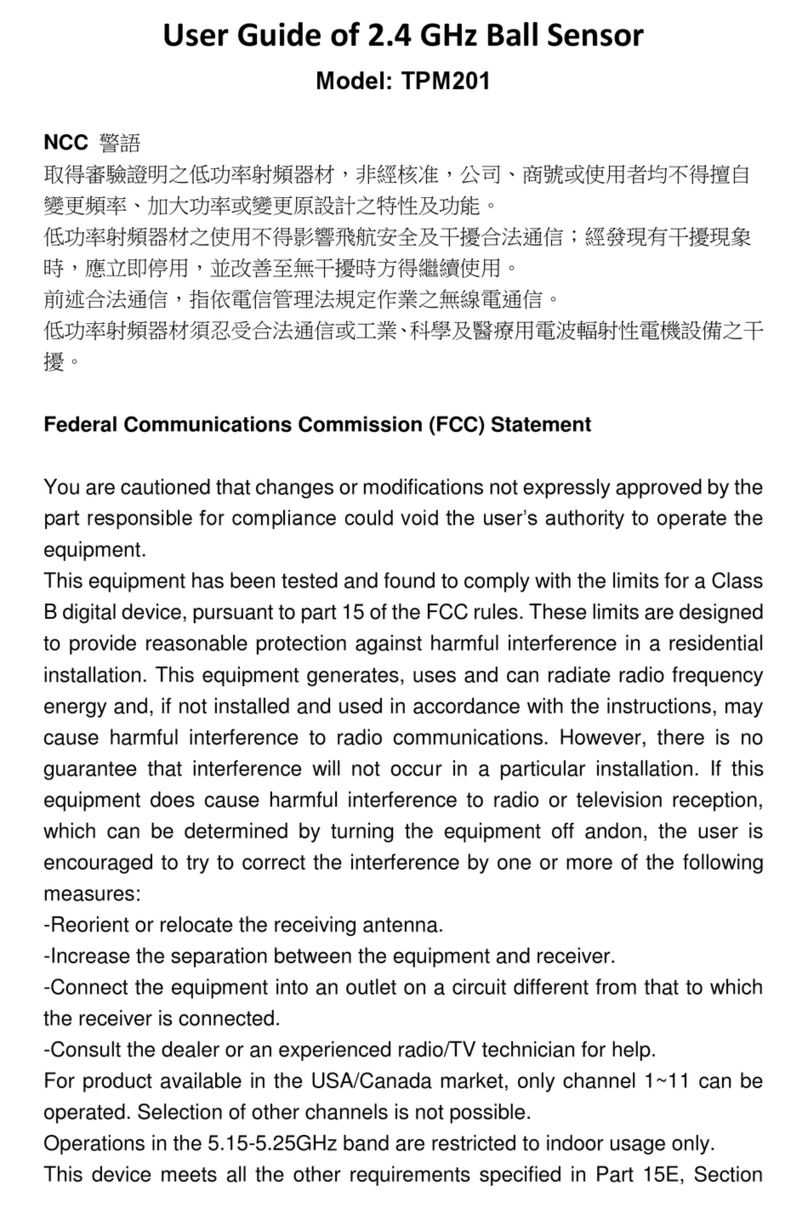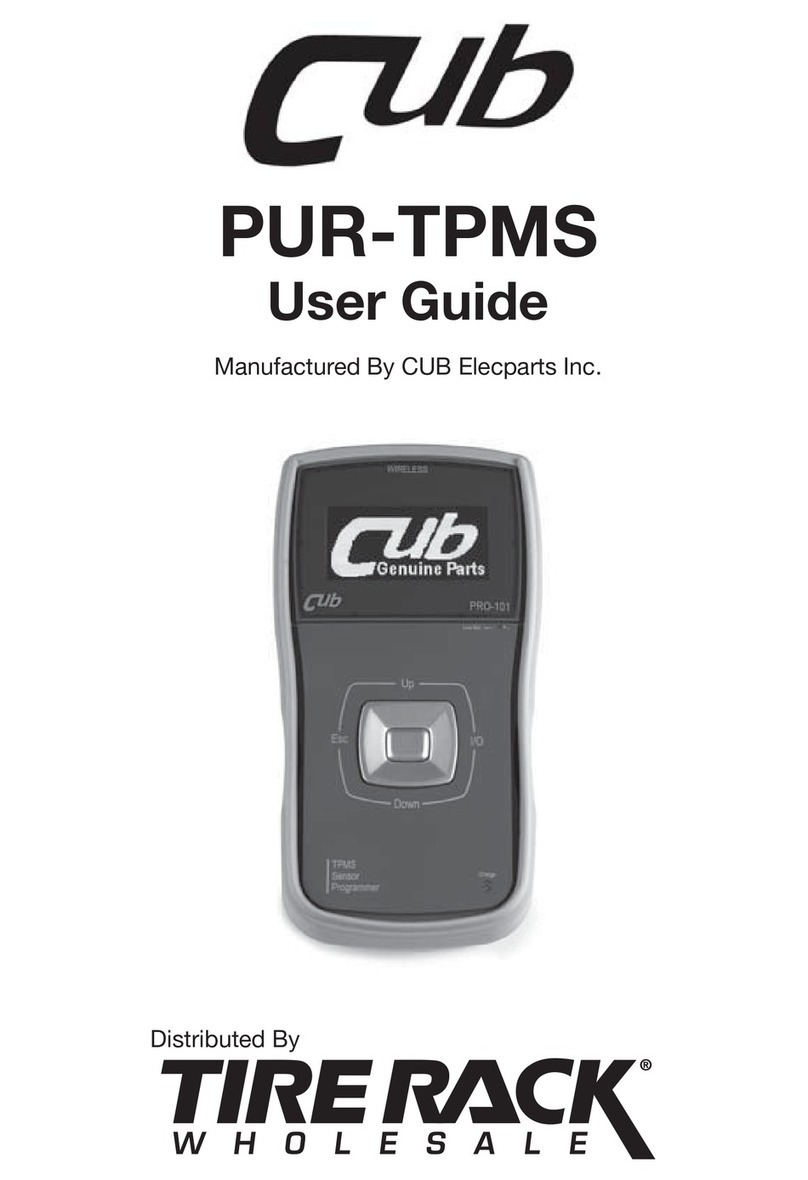© CUB CAMPERS • H16 OWNER’S MANUAL • REVISION 1 –31/10/2023 PAGE 2of 53
CONTENTS
1. CARAVAN TRAVEL CHECK LIST......................................................................................................................3
2. PACKING THE H16......................................................................................................................................... 4
3. SAFETY ......................................................................................................................................................... 7
4. COUPLING .................................................................................................................................................. 11
5. BREAKAWAY SYSTEM ................................................................................................................................. 13
6. 12-PIN TRAILER PLUG ................................................................................................................................. 13
7. REAR VISION CAMERA (IF OPTIONED) ........................................................................................................ 14
8. SETTING UP ................................................................................................................................................ 15
9. PACKING DOWN......................................................................................................................................... 15
10. EXTERNAL KITCHEN .................................................................................................................................. 16
11. AWNING................................................................................................................................................... 17
12. REDARC REDVISION.................................................................................................................................. 21
13. BATTERY MANAGEMENT.......................................................................................................................... 22
REDARC BMS30 ................................................................................................................................................ 22
BCDC1240D (IF OPTIONED) .............................................................................................................................. 23
SOLAR PANELS.................................................................................................................................................. 23
CONNECTION TO 240 VOLT ELECTRICITY.......................................................................................................... 24
14. ELECTRICAL HATCH................................................................................................................................... 25
15. INVERTER (IF OPTIONED).......................................................................................................................... 26
16. 12V & 240V OUTLETS................................................................................................................................ 27
17. WATER TANKS.......................................................................................................................................... 28
18. HOT WATER SYSTEM ................................................................................................................................ 29
19. TOILET ...................................................................................................................................................... 32
20. AIR CONDITIONING (IF OPTIONED)........................................................................................................... 38
21. WINDOWS................................................................................................................................................ 40
22. ENSUITE ROOF VENT ................................................................................................................................ 41
23. ENTRY DOOR ............................................................................................................................................ 41
24. TABLE LEGS............................................................................................................................................... 41
25. SHOWER SCREEN DOOR .........................................................................ERROR! BOOKMARK NOT DEFINED.
26. FUSION STEREO........................................................................................................................................ 42
27. FRIDGE ..................................................................................................................................................... 44
28. TV (IF OPTIONED) ..................................................................................................................................... 45
29. WI-FI SET UP (IF OPTIONED) ..................................................................................................................... 46
30. JACKING THE CARAVAN............................................................................................................................ 47
31. FIBREGLASS CARE ..................................................................................................................................... 47
32. WHEEL CARE............................................................................................................................................. 48
33. SERVICING ................................................................................................................................................ 48
34. KEYS, REMOTES & ACCESSORIES............................................................................................................... 49






























